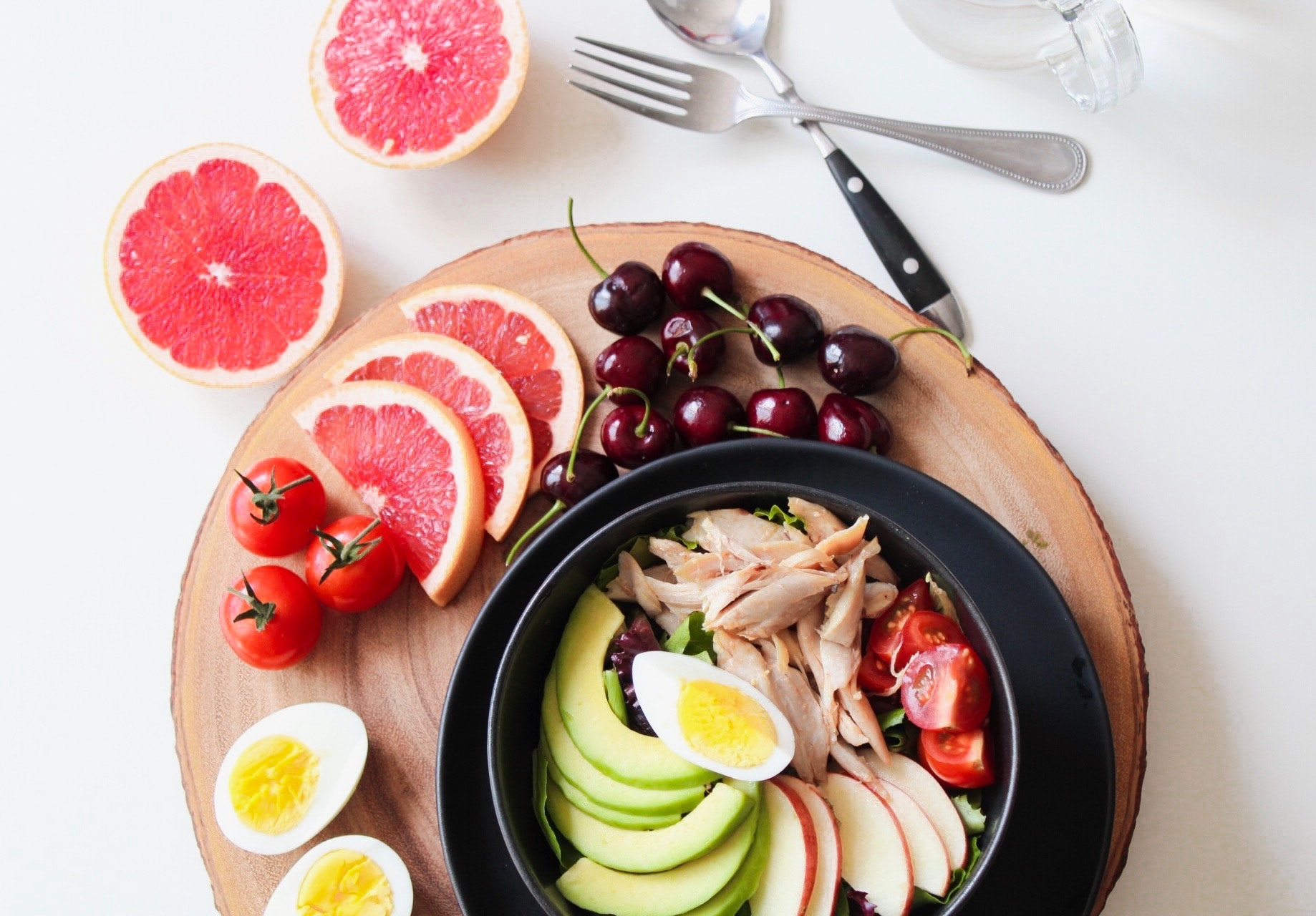All of us are experiencing new adjustments, increased stress and uncertainty, and loss of routine. With these changes, it’s easy for our diet and eating habits to shift as well – to mindless snacking, more frequent meals, processed or carb-heavy “comfort” foods, baking, and increased alcohol or caffeine. While these are OK in moderation, it’s important that we don’t let them become our new “normal”.
Here are some tips for eating at home:
- Eat your nutrients by loading up on fruits and veggies – which are also sources of fiber that will keep you fuller longer.
- Divide your plate: a good rule of thumb I often tell patients is to fill ½ of your plate with veggies, ¼ with a lean protein, ¼ carbohydrate
- Eat a variety of foods! This not only keeps your meals exciting, but ensures you’re getting a wide range of nutrients and helps increase the diversity of good bacteria in your microbiome – which supports healthy immune function and digestion
- Portion control – if you find yourself reaching for that bag of chips, instead of eating from the bag, pour some into a small bowl or plate so you still satisfy your craving without going overboard.
- Drink your water! Often we feel sensations of hunger when we’re actually dehydrated. So be sure you are getting enough glasses in!
Try using this time as an opportunity for positive changes in your diet and digestion! Make it fun by planning healthy family meals and cooking together. If you had a habit of meal-prepping for the week, keep up with it! If you typically eat out often, now is a chance to recreate your favourite foods with a healthy twist. Just because we are now at home doesn’t mean our eating habits have to change for the worse!
In good (gut) health,
Dr. Caroline

